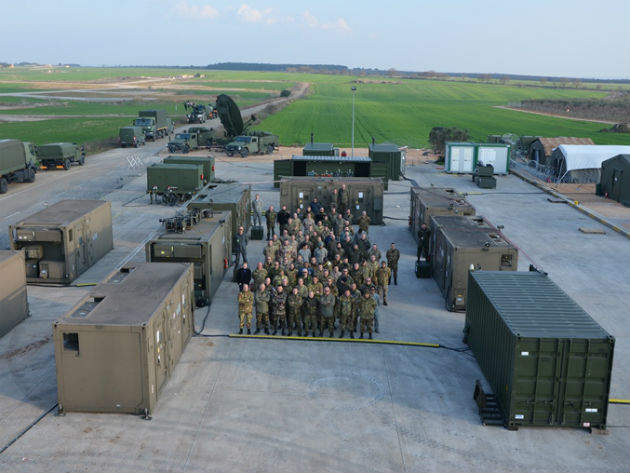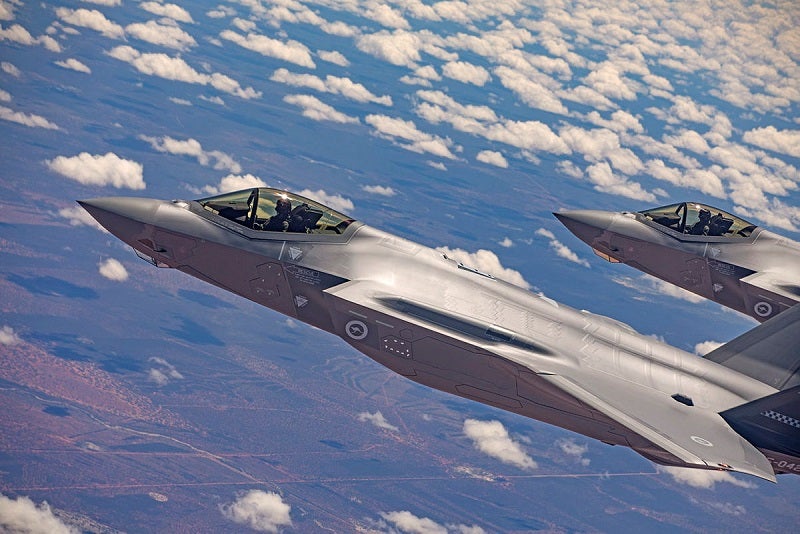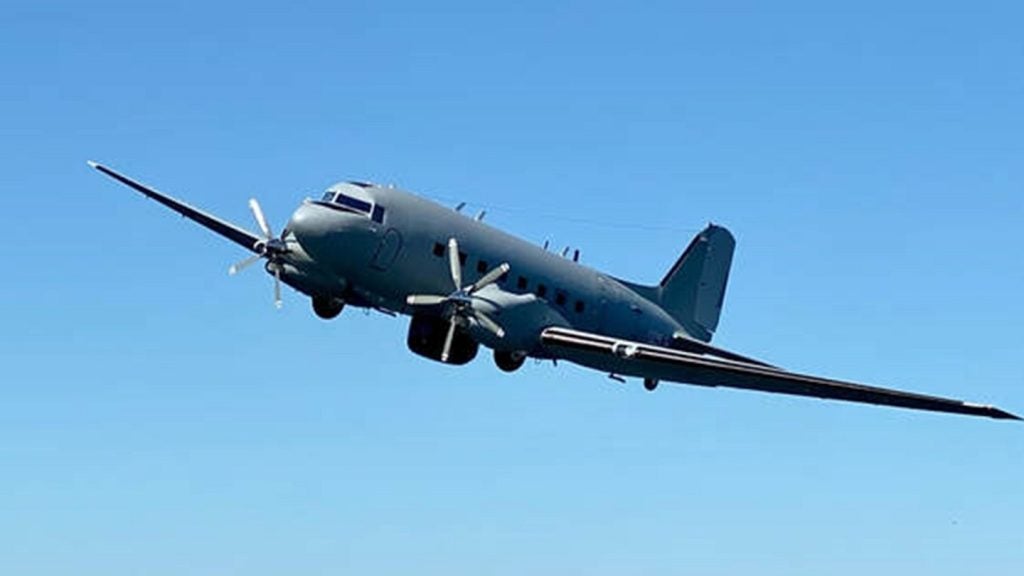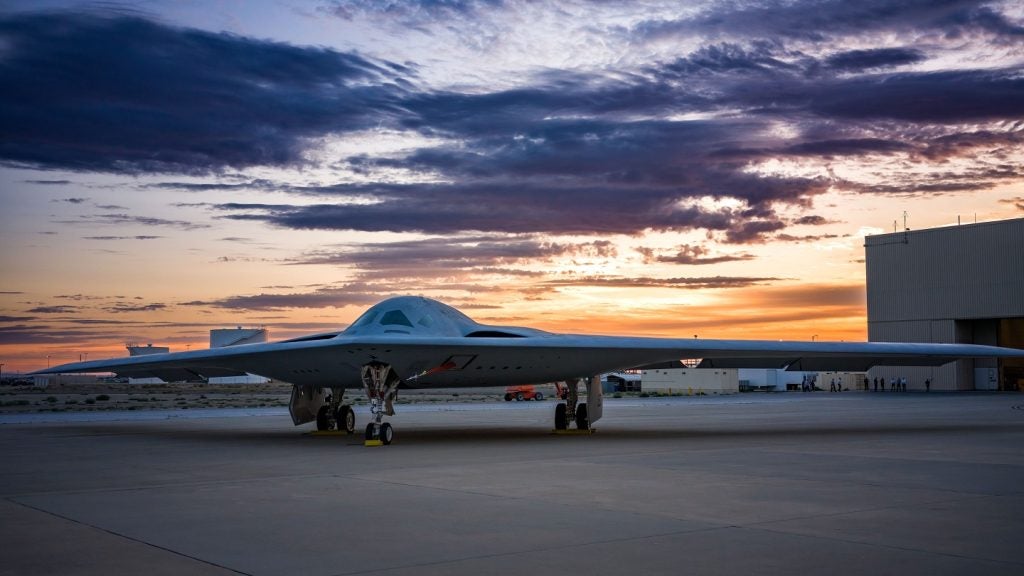
In the face of an emerging crisis or security threat, NATO forces must be ready to go wherever, whenever, on very short notice. But it is not enough to get the people and equipment in place in order to respond to emerging situations; the command, control, information and communication systems that enable those assets to plan, undertake and complete their mission must also be quickly deployable so that operations can take place under the same C4I structure wherever they are unfolding.
For NATO’s air assets during deployed operations, this capability is provided by the Deployable Air Command and Control Centre (DACCC).
Comprised of personnel from the Deployable Air Control Centre, Recognized Air Picture Production Centre/Sensor Fusion Post (DARS), along with the Deployable Sensor Section and the Deployable Air Operations Centre (DAOC), the DACCC is charged with enabling the forward deployment of the Joint Force Air Component.
The ability to deploy at short notice can include deploying both the DAOC and the Deployable Air Control Centre independently in a forward location, as well as concurrently in two different places, providing both air operations planning and control functions together.
The DACCC consists of ten shipping containers, 360 tonnes of support equipment, seven antenna systems, and a team of multinational operators. These operators are aircraft controllers responsible for controlling air missions, including surface to air missiles, or fighter allocators. Together the team controls the aircraft taking part in the mission; for fighter jets this includes identifying and responding to targets that pose a threat to NATO.
How well do you really know your competitors?
Access the most comprehensive Company Profiles on the market, powered by GlobalData. Save hours of research. Gain competitive edge.

Thank you!
Your download email will arrive shortly
Not ready to buy yet? Download a free sample
We are confident about the unique quality of our Company Profiles. However, we want you to make the most beneficial decision for your business, so we offer a free sample that you can download by submitting the below form
By GlobalDataSupporting readiness
Following the 2014 NATO summit in Wales a decision was taken to develop a Very High Readiness Joint Task Force within the NATO Response Force structure. This force is tasked with providing NATO with a highly capable and flexible 20,000-strong multinational air, land, maritime and Special Forces package that can deploy at short notice, within two to three days.
The DACCC spearheads NATO’s ability to do so, ensuring that its air command and control capability is ready and responsive for deployment to anywhere NATO turns its attention, either in response to an unfolding situation or as a deterrent to further escalations.
Doing so is a daunting task. It requires training, practice and an attention to logistical details of the highest order. In 2016, a number of deployment exercises were carried out to test DARS’ ability to deploy and operate outside its garrison at Poggio Renatico in Northern Italy.
Exercise Adriatic Strike
The first of these deployments, Ramstein Dust I-16, saw around 100 personnel from DACCC deploy to the air base of Cerklje, east of the Slovenian capital, Ljubliana, in May 2016. It involved more than 20 military and commercial vehicles loaded with equipment and personnel for the journey. On arrival in Cerklje, the team connected to available radar, radio, and tactical data links in order to conduct live and simulated air operations as an embedded unit of the Slovenian-hosted international forward air controller exercise Adriatic Strike 16.
In controlling multinational aircraft flying in the exercise, the team was able to practice critical tasks and air command and control functions, while gaining experience in the practical aspect of deploying and operating the DACCC.
During the deployment, the DARS controlled over 90 close air support missions involving aircraft and forward air controllers from 17 NATO nations and Partnership for Peace members.
”This exercise tested our ability to deploy approximately 100 people operating 20 vehicles and a lot of cargo outside of Italy,” said Wing Commander Barry Potts, the DARS’ chief of operations for the exercise, after the deployment. “The ability of the DARS to successfully integrate with other agencies, in addition to being the critical command and control node of Adriatic Strike, was essential to success of the operations phase of the exercise.”
Simultaneous operations
Following the deployment, in June, the DARS team disassembled its unit and redeployed to Poggio Renatico to build up its systems for routine operations.
By November the DACCC was back on the road for Ramstein Dust II-16. This time, a portion of the unit remained in operation from Poggio Renatico while another part headed 600km south to Decimomannu Air Base in Sardinia, Italy.
This deployment took place via air, ship and road, and included around 130 personnel from 16 NATO countries, more than 300 tons of support equipment packed into ten containers, five operational shelters and two link support shelters, seven antenna systems and five tents to accommodate command and control functions. An operations compound was quickly constructed on the edge of the airfield at the Decimomannu base and connected to the NATO Integrated Air and Missile Defence System, and communications and information systems were ramped up in anticipation of the exercise.
The deployment tested DACCC’s tactical control facilities for a complex multinational exercise that included fighter jets, an unmanned aerial vehicle, a surface-based air defence unit and two tanker aircraft from the Italian armed forces, fighter jets and tanker aircraft from the US Air Force, and Italian and Dutch army joint terminal attack controller teams. The DACCC also had to cooperate with a deployed NATO C-3A airborne warning and control system and Italian control and reporting centres.
DACCC provided aircraft control, air surveillance, battle management and air/ground support functions for the exercise, while the portion of DACCC that remained in Italy operated as the Joint Force Air Component, performing air mission planning and tasking. Exercises such as these are vital, not just for the training they provide on planning, managing and executing full-spectrum air command and control operations, but also for the opportunity they provide for each aspect of the unit to put its personnel and equipment quick deploy capabilities to the test in real-life scenarios.
Following the completion of Ramstein Dust II-16, DACCC commander Major-General Dré Kraak said: “I am proud of a successful second deployment exercise for the DACCC this year. We have been able to accomplish our set goals of providing seamless air command and control both from Poggio and deployed at Decimomannu. This major success has been possible thanks to the great contributions from all stakeholders and participants; my special appreciation goes to host nation Italy for their outstanding support.”







